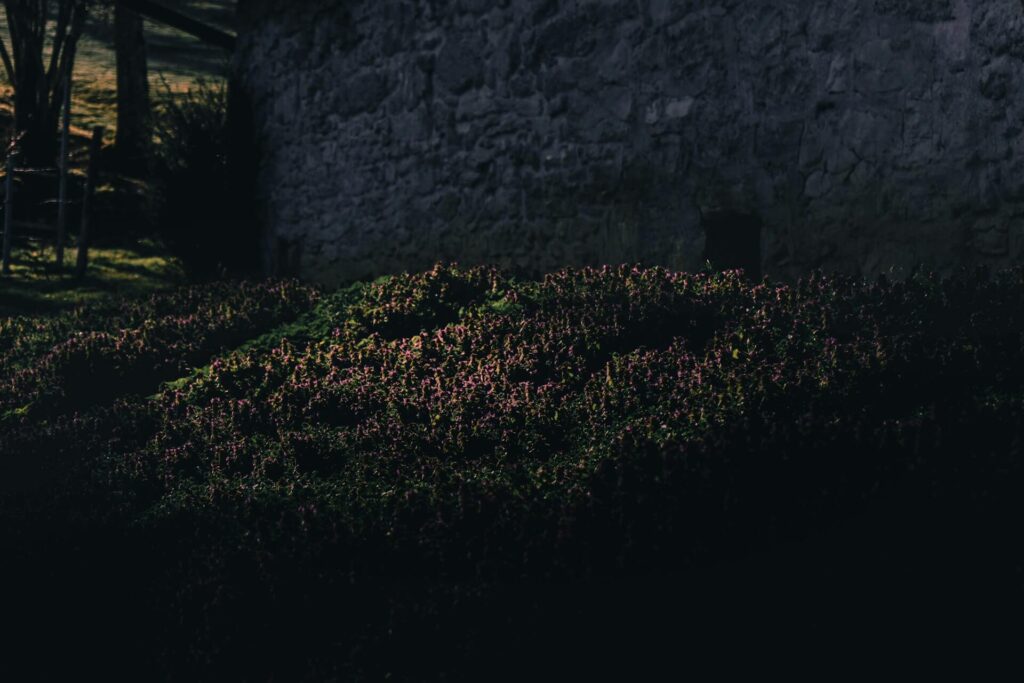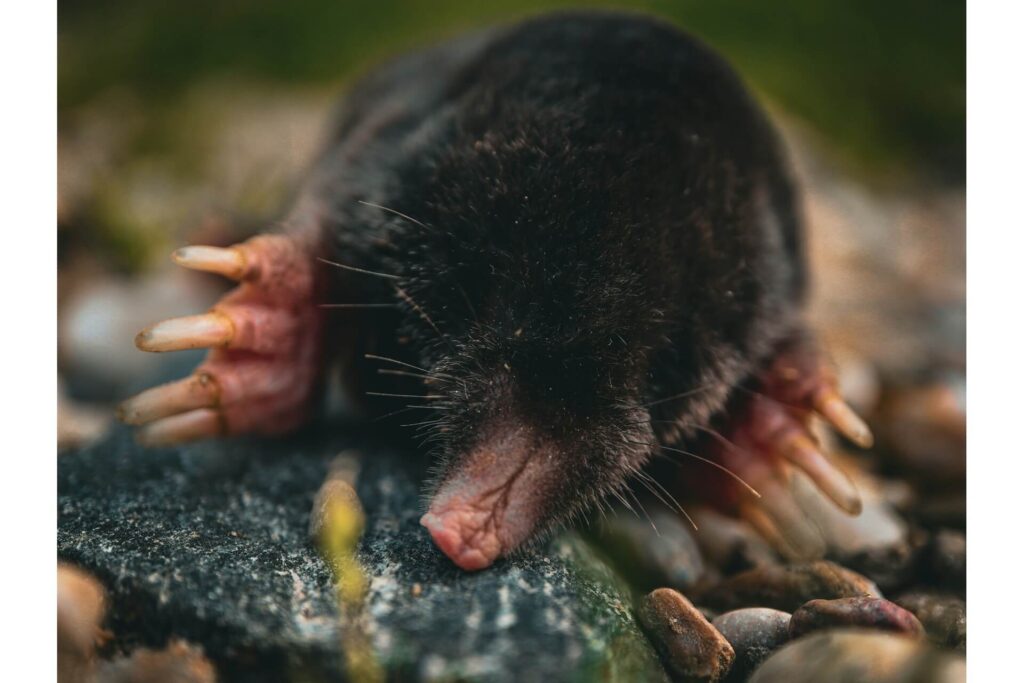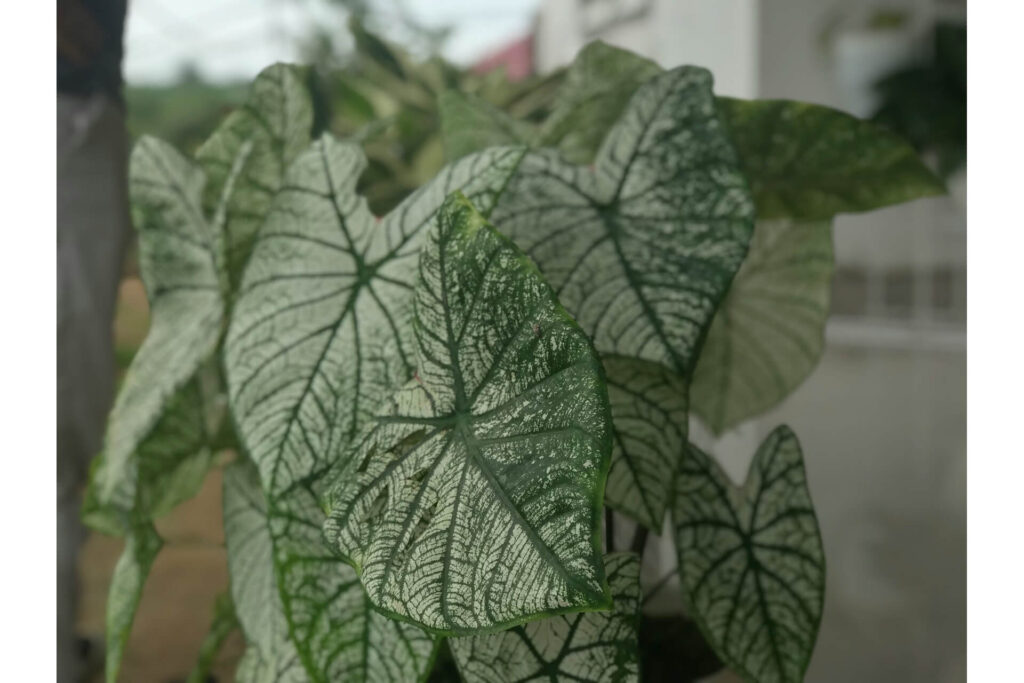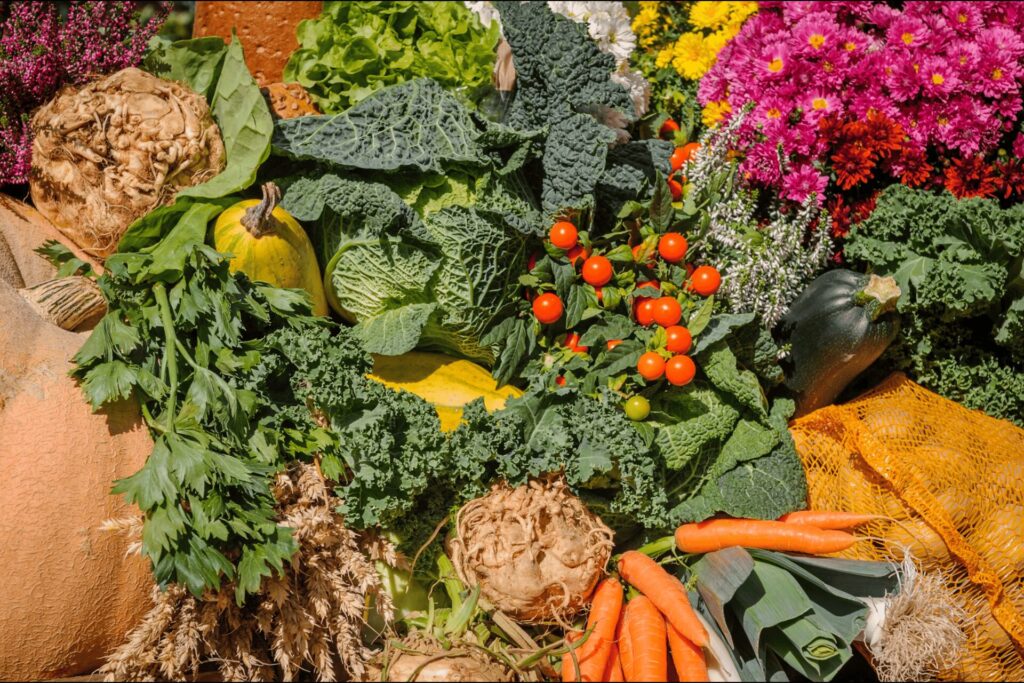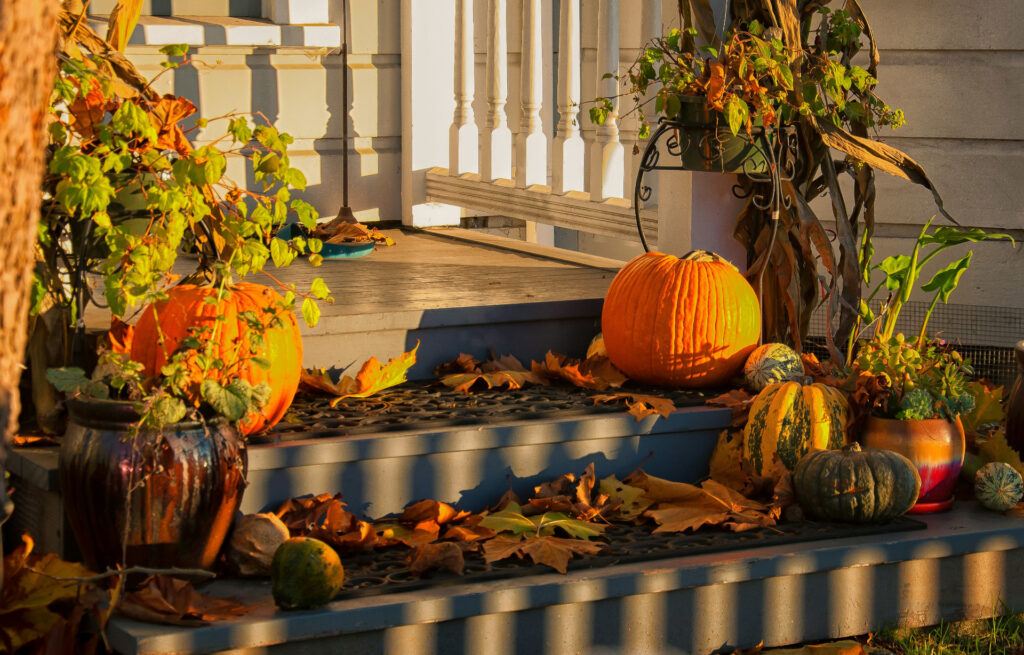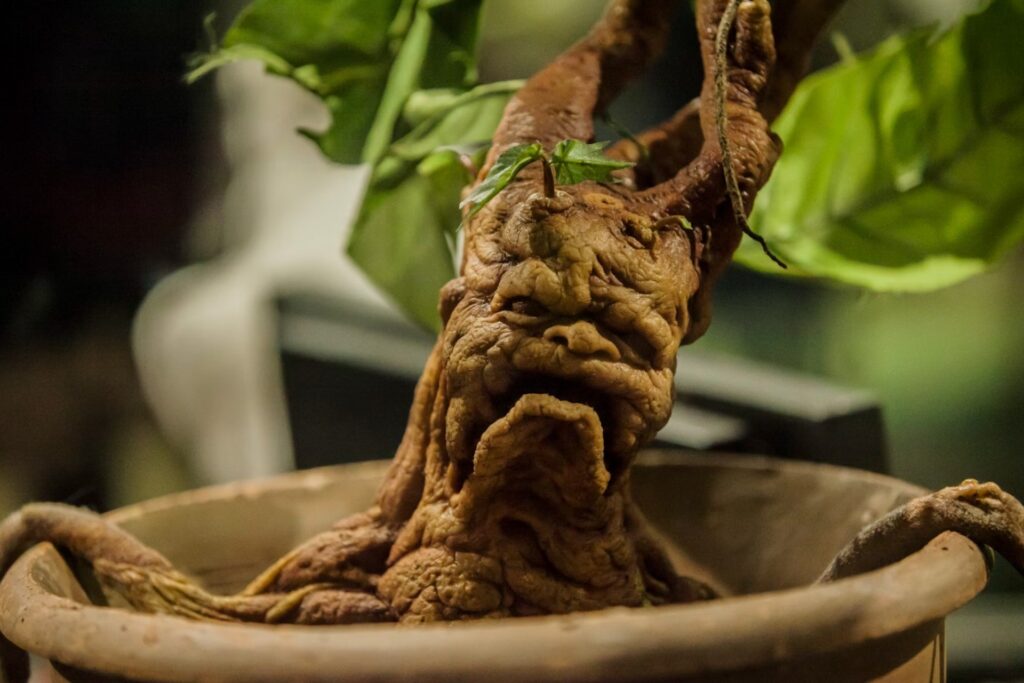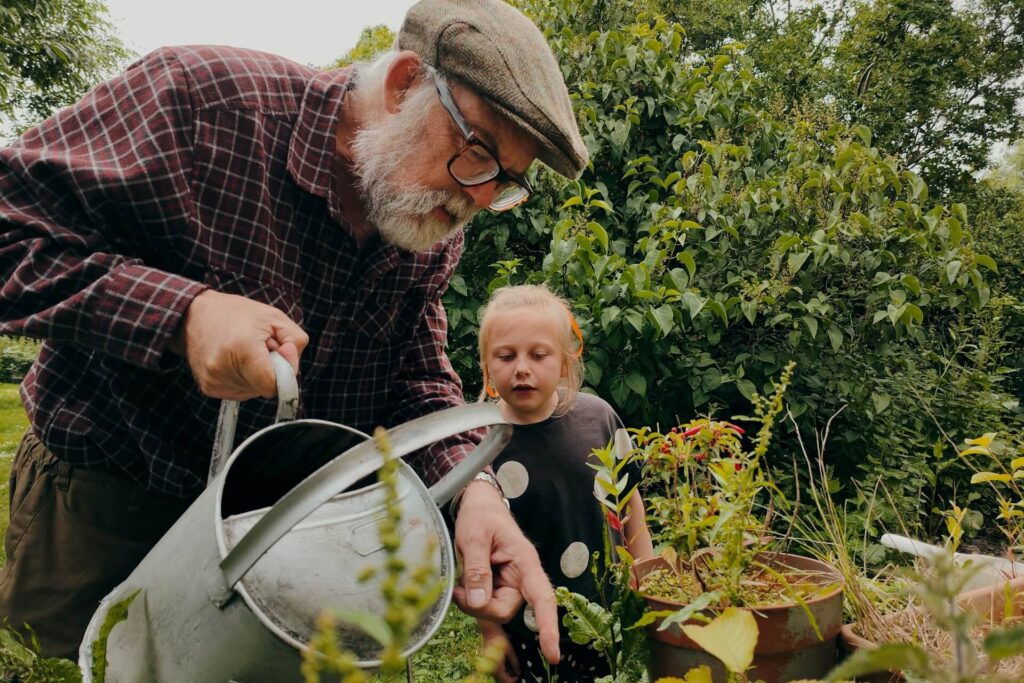Garden Urban Legends: Myths About Plants, Flowers and Your Home From Across the World
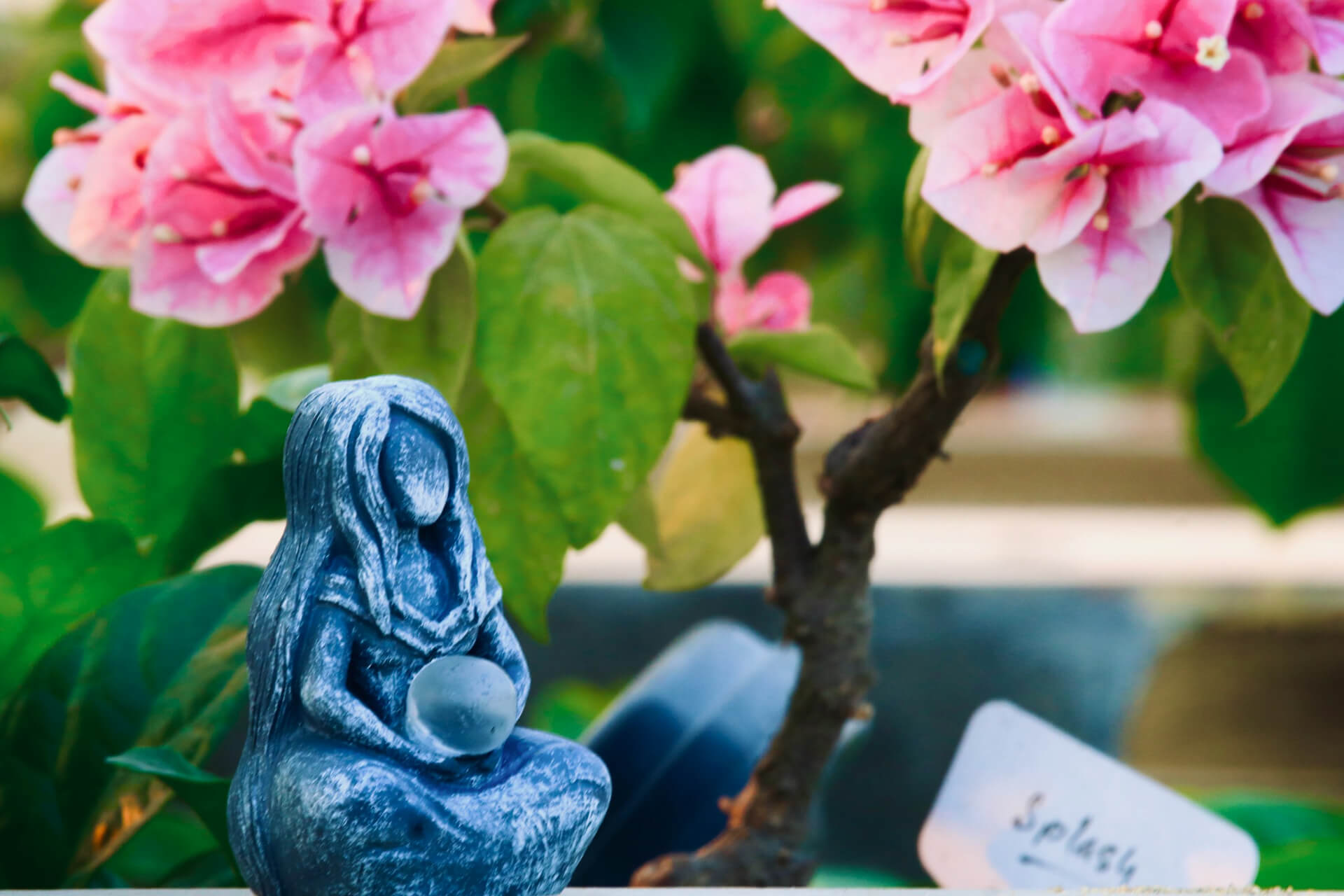
We are reader-supported. When you buy through links on our site, we may earn an affiliate commission.
Gardens are more than soil, sunlight and hard work. Across the globe, cultures have spun garden urban legends, myths and superstitions around plants and flowers. Some tales warn of deadly consequences, while others promise love, luck or protection from spirits, like carving a pumpkin and hiding a light in it will supposedly chase away evil. These stories linger in modern homes and landscapes, shaping how you decorate, plant and even sell properties.
Here’s a tour debunking urban legends about plants and flowers from every corner of the world, divided by continent, so you can see just how universal these green superstitions are.
North America and Garden Urban Legends
North American gardens are packed with plant myths that mix folklore, fear and family traditions.

1. Lilacs Bring Bad Luck Indoors
Many homeowners love lilacs for their fragrance, but an old English belief traveled to North America that says bringing the aromatic blooms into the house invites misfortune and death. This is one of the flower myths that likely stems from Victorian mourning traditions, where lilacs were often associated with funerals. Their strong scent could mask the gassy putrescence that less advanced embalming brought during funeral viewings.
In reality, lilacs are a realtor’s dream, and their scent can even help boost curb appeal. The clustered, fragrant blooms provide natural landing spaces for butterflies and are an ideal addition to a pollinator’s garden.
2. Poison Ivy Guards Sacred Spaces
While stumbling into a bush of poison ivy will leave you itching and blistered for days, the legend holds that Native American tribes would cast the fiery plant in sacred places to ward off the “settlers.” Since the early settlers were unfamiliar with the “cursed” plant, they feared it and even made up rhymes like “leaves of three, leave it be” to warn children away from it.
However, it’s no spell, and the rashes, blisters and short breath that resulted from contact with the three connected leaves of the plant are only a reaction to the urushiol oil in it that absorbs through the skin.

3. Pumpkins Ward Off Evil
The Jack-o’-lantern tradition started in Ireland but turned to pumpkins in America. Legend says that the glowing faces frighten away evil spirits. While pumpkins won’t chase away ghosts, they remain a historic symbol of abundance and a family tradition to welcome the festive season since the first image of a scarecrow with a pumpkin head appeared in the 1867 Harper’s Weekly issue.
Europe’s Flowers of Love and Doom
European folklore ties flowers to fairies, witches and romance, weaving a mix of beauty and danger into everyday gardens.
4. Foxglove and the Fairies
In English folklore, foxglove blossoms were called “fairy gloves.” Children were warned that picking them would anger the fairies and bring bad luck. The real danger is more scientific than fabled magic, as these flowers contain digitalis, a compound that can be toxic if ingested.
5. Basil and Courtship
In Italy, basil was long considered a love charm. A pot of basil on a windowsill supposedly signaled that a woman was ready to receive suitors. While it’s a romantic gesture, basil is more useful in the kitchen than as a matchmaking hack. The bright green leaves of this herb are valued in many cultures, with holy basil considered sacred by the Hindu culture.

6. Rowan Trees for Protection
Celtic lore held that rowan trees planted near a home could ward off witches and evil spirits. The red berries symbolized protective fire, each with a pentagram shape underneath. Cutting down a rowan tree was strictly forbidden, and while divination runes were made of this magical wood, it was considered ill luck to use a knife or blade to cut the wood.
While these trees may not have real magic, rowans are hardy trees that offer beauty with their white flowers and red, bird-friendly berries. It’s another urban legend about trees and landscaping that persists today.
Asia — Plants of Fortune and Fear
Plants are more than decoration across Asia as they are symbols of prosperity, love and sometimes eerie superstition in garden urban legends.
7. Bamboo as a Prosperity Magnet
In Chinese tradition, bamboo represents resilience and luck. “Lucky bamboo,” often grown in water indoors, is believed to attract wealth and harmony.
It’s not bamboo at all, but a type of dracaena. Still, it’s a low-maintenance indoor plant.
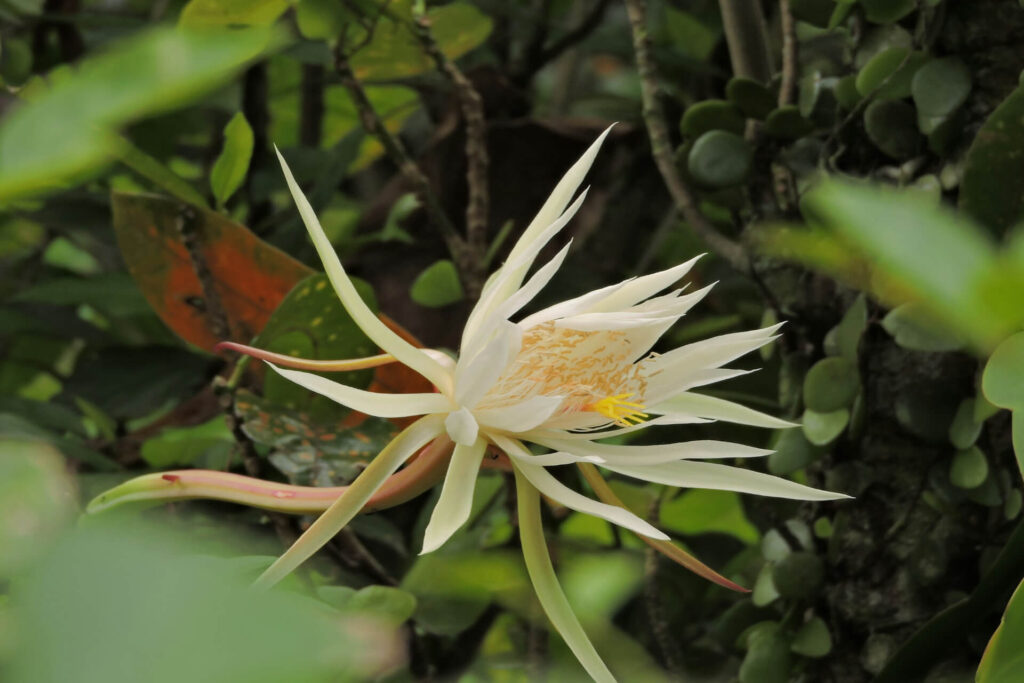
8. Night-Blooming Jasmine as a Ghost Flower
In parts of India, night-blooming jasmine is traditionally called “raat ki rani” or the queen of the night. Its powerful scent is said to attract spirits after dark. If you sleep under its branches, you’ll have powerful visions.
While spooky, the plant’s real magic is its fragrance that perfumes warm evenings.
9. Peonies and Marriage Luck
Japanese and Chinese legends link peonies to romance and prosperity. Planting peonies in your garden was thought to bless your household with a happy marriage, and it’s a cultural gift for couples on their wedding day.
Peonies are still wedding favorites, but the only blessing they guarantee is stunning blooms.
Africa — Cautionary Green Tales
African traditions often treat plants as healers and protectors, blurring the lines between the natural and the spiritual.
10. Aloe Vera as a Spirit Guard
In parts of Africa, aloe plants were placed near doors to keep evil spirits away, and many still plant them around their property to ward off intruders. In Egypt, the plant is associated with queens and cleanliness, and it’s known as the plant of immortality, as Cleopatra was said to have included it in her beauty routines.
Aloe won’t protect your home supernaturally, but its soothing gel works wonders for burns and skin care. Another urban myth is that you can safely eat any aloe plant. However, according to Marcus Griswold, an entomologist and naturalist, “While the clear gel inside of the plant is good for burns and skincare, there is a yellow layer between the outside of the leaf and the gel called latex. This latex can lead to stomach issues, kidney damage and possibly even death.”

11. Baobab Fruit Myths
Known as the “tree of life,” baobabs feature in countless African stories. Legends say drinking water infused with baobab seeds grants strength and fertility. Folktales say it is a cautionary tale, with the tree said to have been cursed for its arrogance and planted upside down as punishment.
Baobab fruit is packed with more vitamin C than oranges and powerful antioxidants, but no magic powers included.
12. Roses and Blood
Certain African folktales claim red roses first bloomed from the spilled blood of warriors. They became symbols of beauty and loss, which is perhaps why they are traditionally placed on graves worldwide.
Roses are hybrids cultivated for centuries, and their origins are horticultural, not mythical.
South America: Garden Urban Legends of Healing and Harm
The myths of South America blend medicine, mysticism and magic, turning common plants into sources of wonder and warning.
13. Angel’s Trumpet Dreams
In South America, the Brugmansia or angel’s trumpet is linked to healing and dark magic. Legend says inhaling its scent before sleep causes vivid, prophetic dreams.
All parts of the plant are toxic, and like the lily of the valley, it contains vomit-inducing glycosides that can induce severe symptoms. It can cause delirium, heart issues, and even death.
14. Cocoa as Divine Food
The Aztecs believed cacao to be a gift from the gods, and drinking chocolate could provide strength in battle.
Dark chocolate’s cocoa benefits include dense protein content and antioxidant health, but its power is culinary, not divine.
15. San Pedro Cactus Doorway
This Andes native is said to be a doorway to the spiritual realm, and shamans still use the mescline-containing plant in psychedelic rituals to guide travelers to seek knowledge on the other side.
The unusual shape in usually barren landscapes fueled this myth, but it’s an evolutionarily diverse plant with a rich heritage.
Learn more about the cultural significance of the San Pedro cactus rituals in South America that go beyond garden urban legends:
FAQ
What Are Some Common Gardening Myths Debunked Today?
Talking to plants makes them grow faster, but it’s your extra care, not your voice, or that coffee grounds work for every plant, but some dislike the acidity.
What Are Dangerous Urban Gardening Legends About Plants?
Foxglove, oleander and angel’s trumpet often appear in myths, but their toxicity is scientifically proven.
Are There Urban Gardening Myths That Waste Your Time and Money?
Any plants you purchase should provide joy, but spending more than your budget on a plant that supposedly brings luck is unwise and a waste of time. Instead, research the medicinal properties of plants if you want to enjoy real physical benefits from your plants and leave superstitions in the past.
Plant Myths Still Shape Our Homes
From foxgloves and fairies to aloe guarding against spirits, garden urban legends span continents and centuries. Even though science has explained away many of these plant myths, they continue to influence how we garden, decorate, and even sell homes.
Whether you want to avoid “bad luck lilacs” or plant bamboo for good fortune, your choices are shaped by stories as much as soil. Understanding the difference between myth and fact allows you to enjoy your garden safely and with a little folklore charm.
